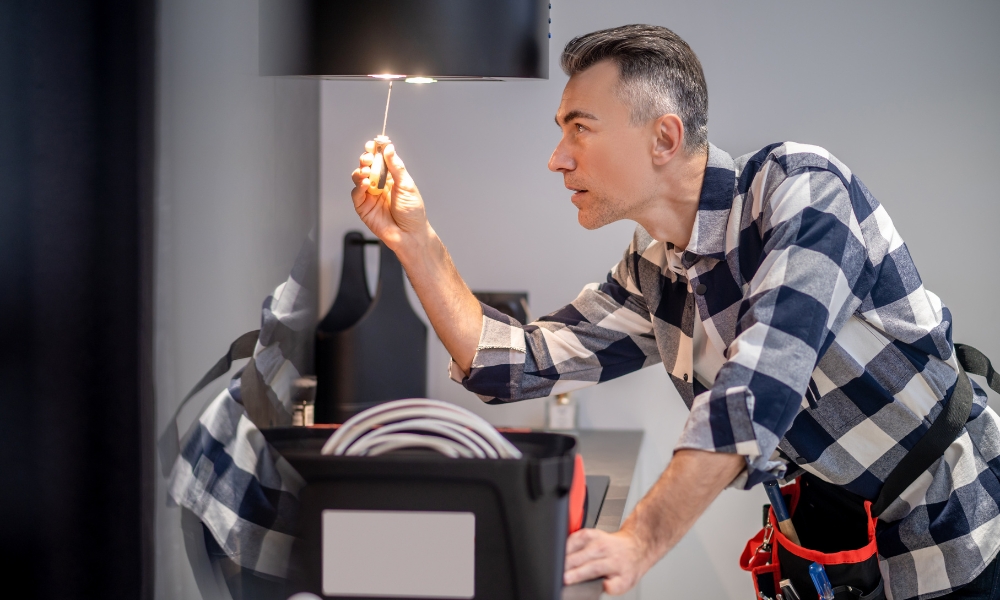Touch lamps are fascinating devices that combine modern technology with convenience, making them a popular choice for many households. How do touch lamps work? At the core of their operation lies a touch-sensitive control mechanism that detects changes in capacitance when a person touches the lamp’s surface. This change triggers an electronic switch to turn the lamp on or off or to adjust its brightness. By understanding the science behind these touch-activated lights, we can appreciate the blend of simplicity and sophistication that It lamps bring to our daily lives.
What Is a Touch Lamp?
A touch lamp is an innovative lighting device that allows users to control its functions—such as turning it on and off or adjusting its brightness—simply by touching its surface. Unlike traditional lamps that require a mechanical switch, It uses capacitive sensing technology to detect human It. This feature not only adds a modern and sleek aesthetic to home décor but also provides convenience, especially in the dark or for individuals with limited mobility. Its lamps are often used in bedrooms, living rooms, and offices, offering both functionality and style.
Basic Working Principle
The basic working principle of a touch lamp revolves around the concept of capacitance. Human bodies naturally conduct electricity and have a certain capacitance, which can be detected by electronic circuits. When a person touches the lamp, the capacitance at the point of contact changes. This change is sensed by a capacitive It sensor embedded in the lamp. The sensor sends a signal to a control circuit, which then triggers an electronic switch to turn the lamp on or off or to adjust the brightness. The absence of moving parts in this system enhances the lamp’s durability and reliability, making It lamps For End Tables practical and efficient choice for modern lighting solutions.
Components of a Touch Lamp
1. Touch Sensor
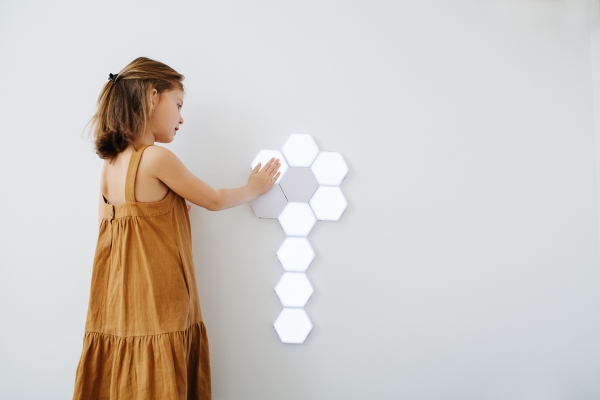
The touch sensor is the core component that enables a It lamp to detect when it is being touched. This sensor operates on the principle of capacitive sensing, which detects changes in electrical capacitance caused by human It. When you touch the lamp, the sensor registers the change in capacitance and sends a signal to the control circuit. The It sensor is typically embedded within the lamp’s body, making the entire surface of the lamp responsive to It.
2. Control Circuit
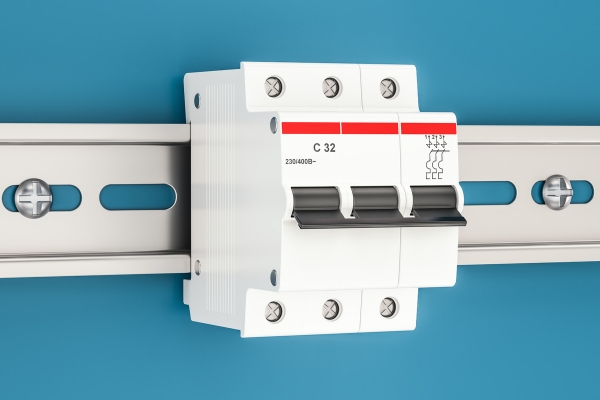
The control circuit is the brain of the touch lamp, interpreting signals from the touch sensor and executing the corresponding action. It processes the input from the It sensor and determines whether to turn the lamp on or off or to adjust its brightness levels. The control circuit often includes microcontrollers or integrated circuits designed to handle these commands efficiently. This component ensures that the It interactions are smooth and responsive, providing an immediate and intuitive user experience.
3. Lamp

The lamp itself is the visible and functional part of the It lamp system, providing illumination. It consists of the light source, typically an LED or incandescent bulb, housed in a design that can range from minimalist to decorative. The lamp is connected to the control circuit, which regulates the power supply based on the user’s It input. Modern It often features energy-efficient bulbs and may include additional features such as dimming capabilities or color-changing options, enhancing both their practicality and aesthetic appeal.
How Does Touch Sensitivity Work?
Touch sensitivity in lamps operates through a technology called capacitive sensing. This technology relies on the human body’s natural conductivity. When a person touches the lamp, it alters the electrical field around the It sensor, changing its capacitance. The It sensor detects this change and sends a signal to the control circuit. The control circuit then processes this signal to perform the desired action, such as turning the lamp on or off or adjusting its brightness. This mechanism allows for a seamless and intuitive interaction between the user and the lamp, eliminating the need for mechanical switches.
Types of Touch Lamps
1. Simple Touch Lamps

Simple touch lamps offer basic functionality with a straightforward on/off control. They are designed for users who want a hassle-free lighting solution. These lamps are ideal for bedside tables or desks, where easy access to light is crucial. The simplicity of these lamps makes them user-friendly and reliable, providing the essential convenience of It activation without any additional features.
2. Dimmable Touch Lamps
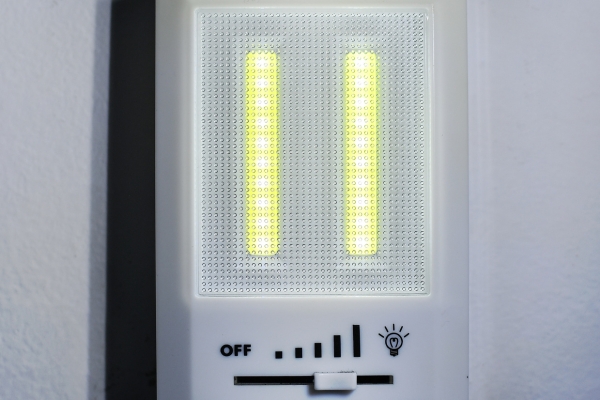
It takes the basic functionality a step further by allowing users to adjust the brightness levels. Typically, these lamps offer multiple brightness settings, enabling users to customize the light intensity according to their needs. This feature is particularly useful in environments where lighting needs can vary, such as in living rooms or reading nooks. By providing the ability to dim the light, these lamps enhance comfort and create the perfect ambiance for any activity.
3. Smart Touch Lamps
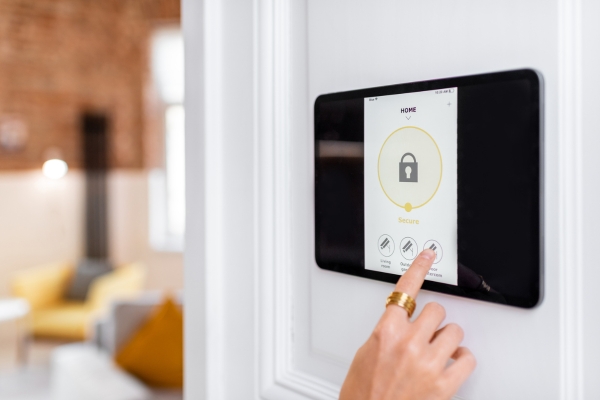
It integrates advanced features that can be controlled via It as well as through smart home systems. These lamps often include options for adjusting color temperature, setting timers, or syncing with other smart devices. They can be controlled remotely via smartphone apps or voice commands using virtual assistants like Amazon Alexa or Google Assistant. It are ideal for tech-savvy users who seek greater control and automation in their home lighting systems, offering a blend of convenience, functionality, and modern technology.
Advantages of Touch Lamps
Touch lamps offer several advantages over traditional lamps, making them a popular choice for modern lighting solutions:
- Convenience: With It-sensitive controls, users can easily turn the lamp on or off and adjust its brightness levels with a simple It, eliminating the need for fumbling with switches or knobs.
- Accessibility: It is accessible to people of all ages and abilities, including those with limited mobility or dexterity. The intuitive touch interface ensures that everyone can effortlessly control the lamp’s functions.
- Sleek Design: It often features sleek and minimalist designs that complement various interior aesthetics, adding a It of modernity to any space.
- Durability: It has fewer moving parts compared to traditional lamps, reducing the risk of mechanical failures. This enhances their durability and longevity, providing reliable illumination for years to come.
- Energy Efficiency: Many It utilize energy-efficient LED bulbs, helping users save on electricity bills and reduce their environmental footprint.
- Customization: Dimmable It offer the flexibility to adjust brightness levels according to personal preferences or specific lighting needs, allowing users to create the perfect ambiance for any occasion.
Conclusion
It has revolutionized the way we interact with lighting fixtures, offering convenience, accessibility, and style. By harnessing the power of capacitive sensing technology, these lamps provide a seamless and intuitive user experience, enhancing both functionality and aesthetics. Whether it’s a simple bedside lamp for reading or a smart lighting system for a modern home, touch lamps offer versatile solutions that cater to diverse needs and preferences. With their sleek designs, energy efficiency, and user-friendly interface, It continue to illuminate our lives in more ways than one.
